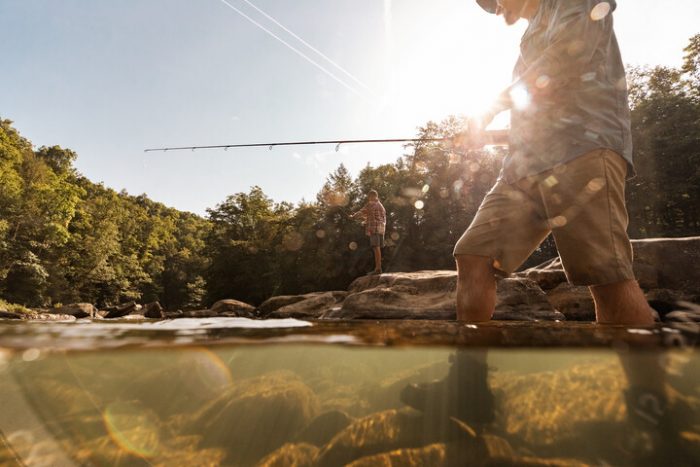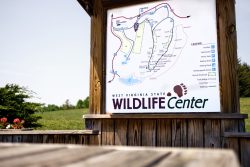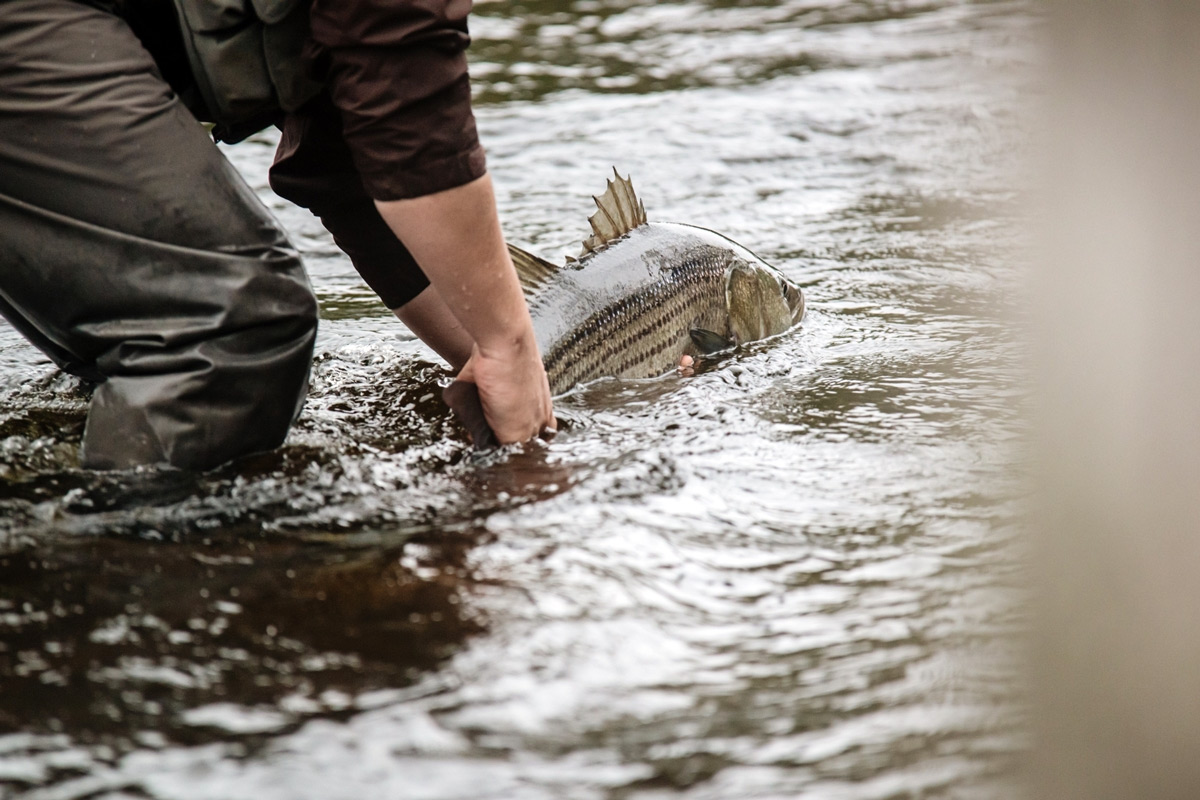With temperatures warming up across West Virginia, anglers targeting hybrid striped bass have more than favorable spring weather to look forward to in May.
“It’s a great time to catch hybrid striped bass because they’re most active between mid-April and late May when they make false spawning runs up rivers and streams,” said Mark Scott, assistant chief of fish management for the West Virginia Division of Natural Resources. “Anglers can find them congregating at locks and dams and at waterfalls, which makes targeting these aggressive fish a little easier this time of year.”
Hybrid striped bass are a cross between striped and white bass. Despite being sterile, these fish migrate upstream in the spring in an attempt to spawn. Because hybrids don’t reproduce in the wild, WVDNR fisheries biologists purchases hybrid striped bass fry each year and raises them to fingerling size at warmwater hatcheries before stocking them in waters around the state.
“This time of year, you’ll find hybrids in the Kanawha, Monongahela and Ohio rivers and reservoirs and lakes like Beech Fork, Bluestone, Mt. Storm and R.D. Bailey,” said Scott.
Hybrid striped bass are large and aggressive, which makes them popular with anglers. West Virginia’s length record for hybrid striped bass is 32.1 inches and the weight record is 16.75 pounds. These fish are extremely hard fighters, so anglers should make sure they use proper gear to control their quick runs. They actively chase gizzard shad throughout the day and can be targeted using imitation lures, such as white jigs, silver spoons, crankbaits and live minnows. To learn more about fishing for hybrid striped bass, anglers may contact their local fishery biologist, whose number is listed in the fishing regulations.
To fish for white striped bass, all anglers 15 and older need to buy a West Virginia fishing license. Some rivers and lakes have special regulations for hybrid striped bass, so anglers should also check page 2 of West Virginia’s fishing regulations to see if there are special regulations for the area they’re fishing in.






